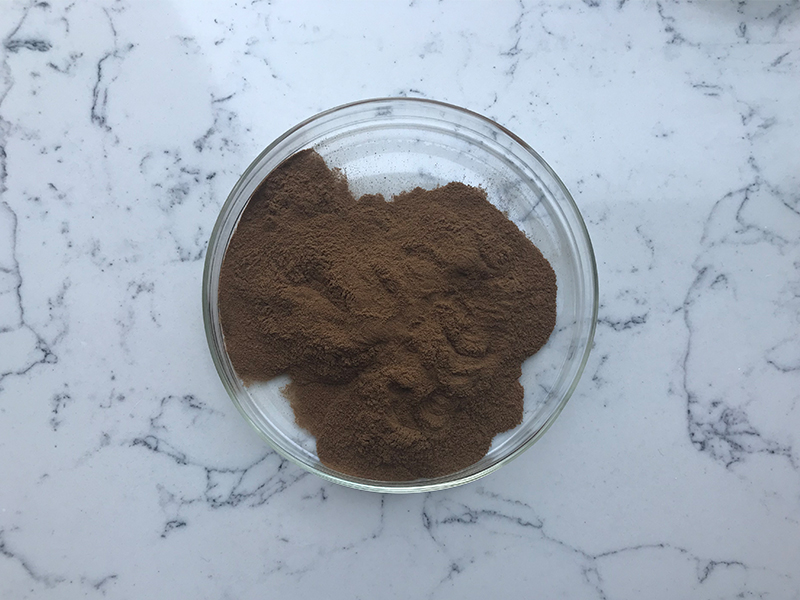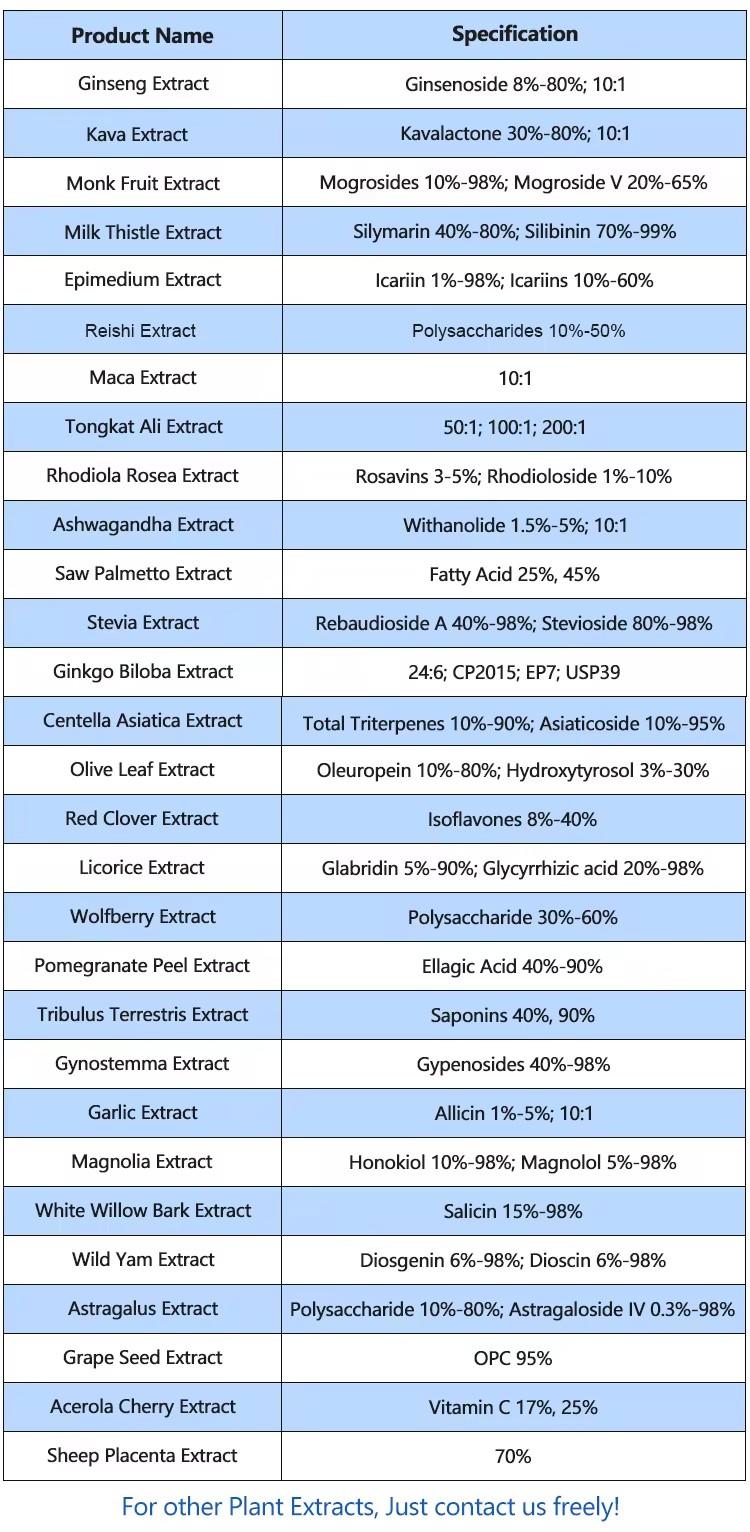Shilajit extract is a substance derived from the natural resinous exudate found in rock layers in many mountain ranges, especially in the Himalayas. The extraction process typically involves several steps to obtain the pure extract:
Collection: Shilajit oozes from cracks in rocks in response to the warmth of the sun. It is collected manually from these remote and often high-altitude locations.
Purification: The raw Shilajit collected may contain impurities like soil, rocks, or other organic matter. It undergoes a purification process to remove these impurities, which can involve filtration and washing.
Extraction: After purification, the Shilajit is typically dissolved in a suitable solvent like water or a hydroalcoholic solution to extract its active components. This extraction process aims to concentrate the beneficial substances such as fulvic acid, humic acid, and minerals.
Concentration: The extracted solution is then concentrated to increase the potency of the Shilajit extract. This step involves removing excess solvent, usually through methods like evaporation under reduced pressure or spray drying.
Standardization: To ensure consistency in potency and quality, the extract may be standardized to a specific concentration of active ingredients. This ensures that each batch of Shilajit extract contains a predictable amount of beneficial compounds.

Drying: Finally, the concentrated and standardized extract is dried to remove any remaining moisture. This step helps in preserving the extract for longer periods and facilitates its formulation into various products such as capsules, powders, or liquid extracts.
Quality Control: Throughout the entire process, quality control measures are crucial to ensure that the final Shilajit extract meets safety and efficacy standards. This includes testing for purity, potency, and the absence of contaminants.
The extraction process can vary slightly depending on the manufacturer and the desired form of the final product (liquid, solid, etc.). However, these general steps outline the typical process involved in obtaining Shilajit extract, known for its potential health benefits in traditional medicine systems like Ayurveda.
Potential Benefits of Shilajit Extract
Shilajit extract, a substance found primarily in the Himalayas, has been used in traditional Ayurvedic medicine for centuries. It contains a complex mixture of minerals, humic and fulvic acids, and other organic compounds. Some potential benefits of Shilajit extract supported by research and traditional use include:
Antioxidant Properties: Shilajit is rich in fulvic acid, which has strong antioxidant activity. Antioxidants help protect cells from damage caused by free radicals and oxidative stress.
Anti-Inflammatory Effects: Studies suggest that Shilajit has anti-inflammatory properties, which may help reduce inflammation in the body. This could potentially benefit conditions such as arthritis.
Energy and Stamina: Shilajit is often used traditionally as an energy enhancer and to improve stamina. It is believed to support mitochondrial function, which could contribute to increased energy levels.
Cognitive Function: There is some evidence to suggest that Shilajit may support cognitive function and memory. It is thought to enhance the production of key neurotransmitters and improve brain function.
Anti-Aging Properties: Due to its antioxidant effects, Shilajit extract may help protect against cellular damage and aging processes. It is sometimes used in skincare products for its potential rejuvenating effects.

Men’s Health: In traditional medicine, Shilajit has been used to support male reproductive health, including fertility and testosterone levels. Some studies suggest it may have beneficial effects on sperm motility and count.
General Health Tonic: Shilajit is often regarded as a general health tonic in Ayurveda, used to promote overall well-being and vitality. It is believed to have adaptogenic properties, helping the body adapt to stress and maintain homeostasis.
It’s important to note that while Shilajit extract shows promise in various areas, more research is needed to fully understand its mechanisms of action and confirm its benefits. As with any supplement, it’s advisable to consult with a healthcare professional before starting to ensure it’s appropriate for your individual health needs and to determine the correct dosage.
